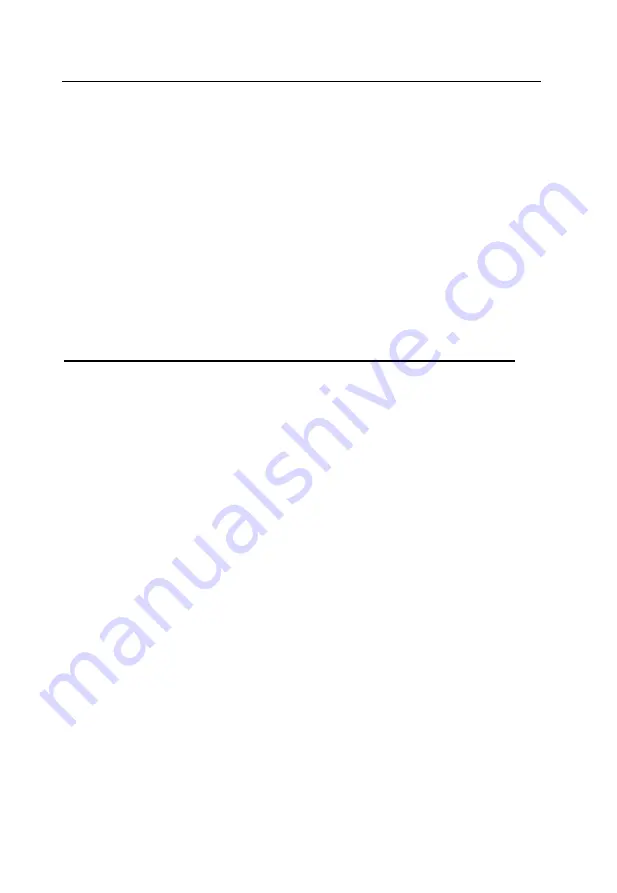
- 19 -
and position. Make sure no breaking or distortion of the foam seal
gaskets on both the cover and on the base around the vacuum
chamber. Wipe clean and smooth them back into place.
3.
Vacuum bag may have a leak. To test, seal the bag with some air in
it, submerge in water, and apply pressure. Bubbles indicate a leak.
Reseal or use another bag.
4.
Uses only the specific vacuum bag with vacuum channels provided
by the manufacturer.
5. Leaks along the seal which can be caused by wrinkles, debris
crumbs, grease or liquids. Reopen bag, wipe the top inside of the
bag and smooth it out along the sealing strip before resealing.
The machine does not turn to seal after vacuuming:
1.
There is a vacuum pressure sensor built in this machine. The
machine will not turn to seal automatically if the vacuum pressure
inside the bag is not able to reach to the predetermined vacuum
pressure. Check sealing strip and the foam gasket beneath the lid
for debris and correct position. Wipe clean and smooth them back
into place, and try again.
2.
Make sure no breaking or distortion of the foam seal gaskets on
both the cover and on the base around the vacuum chamber. Take it
out from the groove, wash and dry it thoroughly; or replace with a
new foam gasket ( get it from where you brought or your nearest
service center).
3
.
Vacuum bag may have a leak. To test, seal the bag with some air in
it, submerge in water, and apply pressure. Bubbles indicate a leak.
reseal or use another bag.
3. Leaks along the seal which can be caused by wrinkles, debris
crumbs, grease or liquids from the bag. Reopen bag, wipe the
top inside of the bag and smooth it out along the sealing strip
before resealing.





































